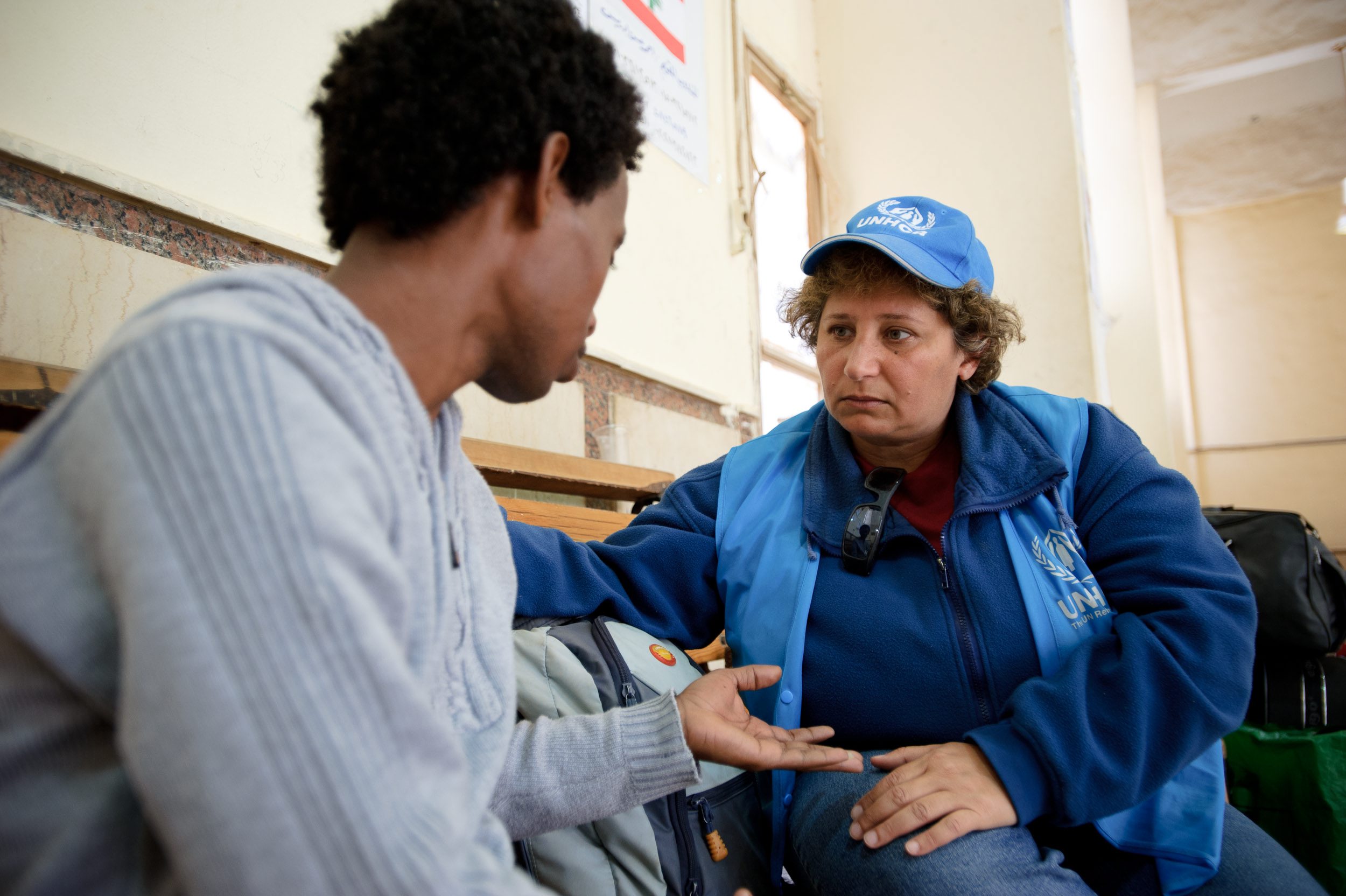1 Child Growing Up in a Camp: Girl seeks better future for peers
1 Child Growing Up in a Camp: Girl seeks better future for peers

DAMAK, Nepal, June 27 (UNHCR) - She waits eagerly in her classroom for the school clock to strike 10. As soon as the bell rings, Sunita runs to her favourite place - the Bhutanese Refugee Children Forum (BRCF), an organization for thousands of children in the refugee camps of Nepal.
"This is where I love to be; working with my friends for the children in this camp.
I want to do a lot so they can have a better future," says Sunita as she throws her school bag on the mud floor and opens her note book to list the activities that the organisation is planning for an upcoming Children's Day celebration.
Sunita, 16, lives in Timai camp, one of five refugee camps in eastern Nepal that hosts a total of nearly 66,000 refugees originally from Bhutan. For the last three years, she has been a leading figure and a very active member of BRCF, which is run by UNHCR's partner, the Lutheran World Federation (LWF).
There are many challenges for this teenager who was born and raised in a refugee camp. "Life here is hard. We always have to depend on handouts, no electricity, nothing much for the children to do," she sighs, reflecting the problems faced by thousands of other refugees who have lived in the camps since they arrived in Nepal in the early 1990s.
A major resettlement programme is underway for these refugees from Bhutan. More than 47,000 refugees have already been resettled to eight different countries, including a number of Sunita's friends. Her own family has still not decided if they want to stay or go.
"My friends who had gone on resettlement are quite advanced and have made good progress in their studies," she notes.
The UN refugee agency believes that 1 Child Growing Up in a Camp is Too Many. Through LWF Nepal, UNHCR continues to introduce different programmes for the overall development of over 22,000 refugee children who remain in the camps.
"Apart from organising various events for children, we also conduct regular awareness sessions and trainings on child rights. We also have our members represented in various national events on issues related to children," says Sunita proudly as she shows off the photographs neatly pasted on the mud walls of BRCF's small one-room office.
She herself has represented refugee children in a number of national workshops. Last year, she highlighted their concerns and BRCF's best practices in the National Consultation of Children in Kathmandu organized by the Central Child Welfare Board of Nepal.
She also represented Nepal during the South Asia Forum (SAF) Consultation with Children and Ministers Meeting held in Kathmandu in July last year. The forum endorsed the decision to establish a strong regional centre to address violence against children, known as the South Asia Initiative to End Violence Against Children (SAIEVAC). The regional centre is ensuring the meaningful participation of children so that they can monitor and prevent violence, make recommendations and be involved in decision‐making processes.
"I was proud of my achievement," says Sunita. "It was a really good opportunity for me to know the situation of children outside the refugee camp, but I wish I was able to represent Bhutan and not participate as a refugee."
While she is working to improve the future of children in Nepal's refugee camps, Sunita is worried about her own future. She hopes that she can to go to Bhutan one day, when conditions permit. "Until then I wish I can get opportunities to study further, be a community leader one day and serve my society."
By Pratibedan Baidya in Damak, Nepal









